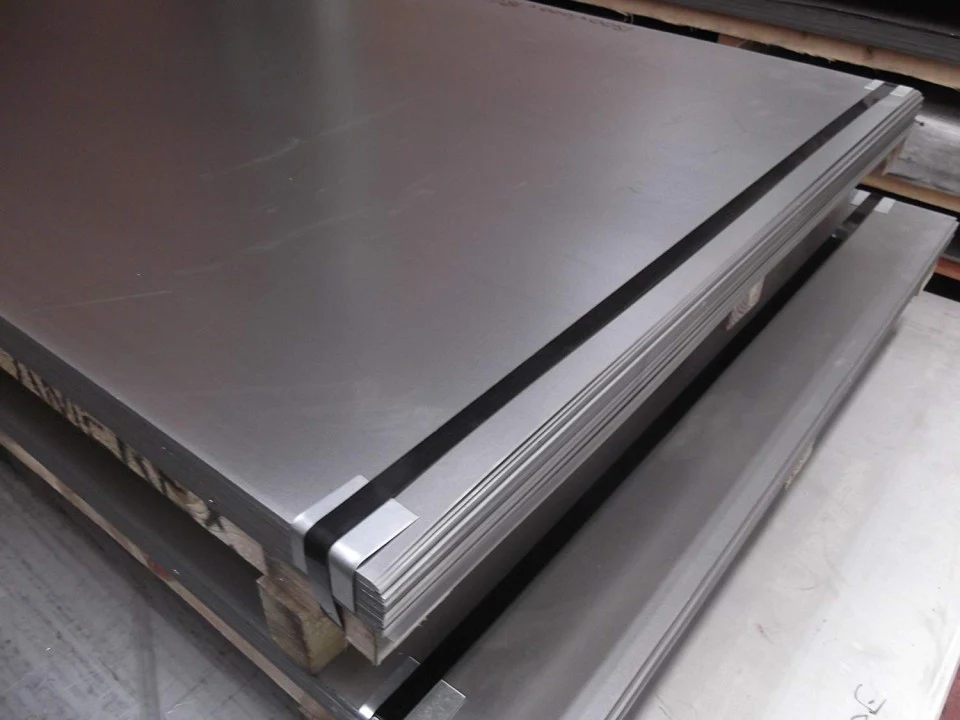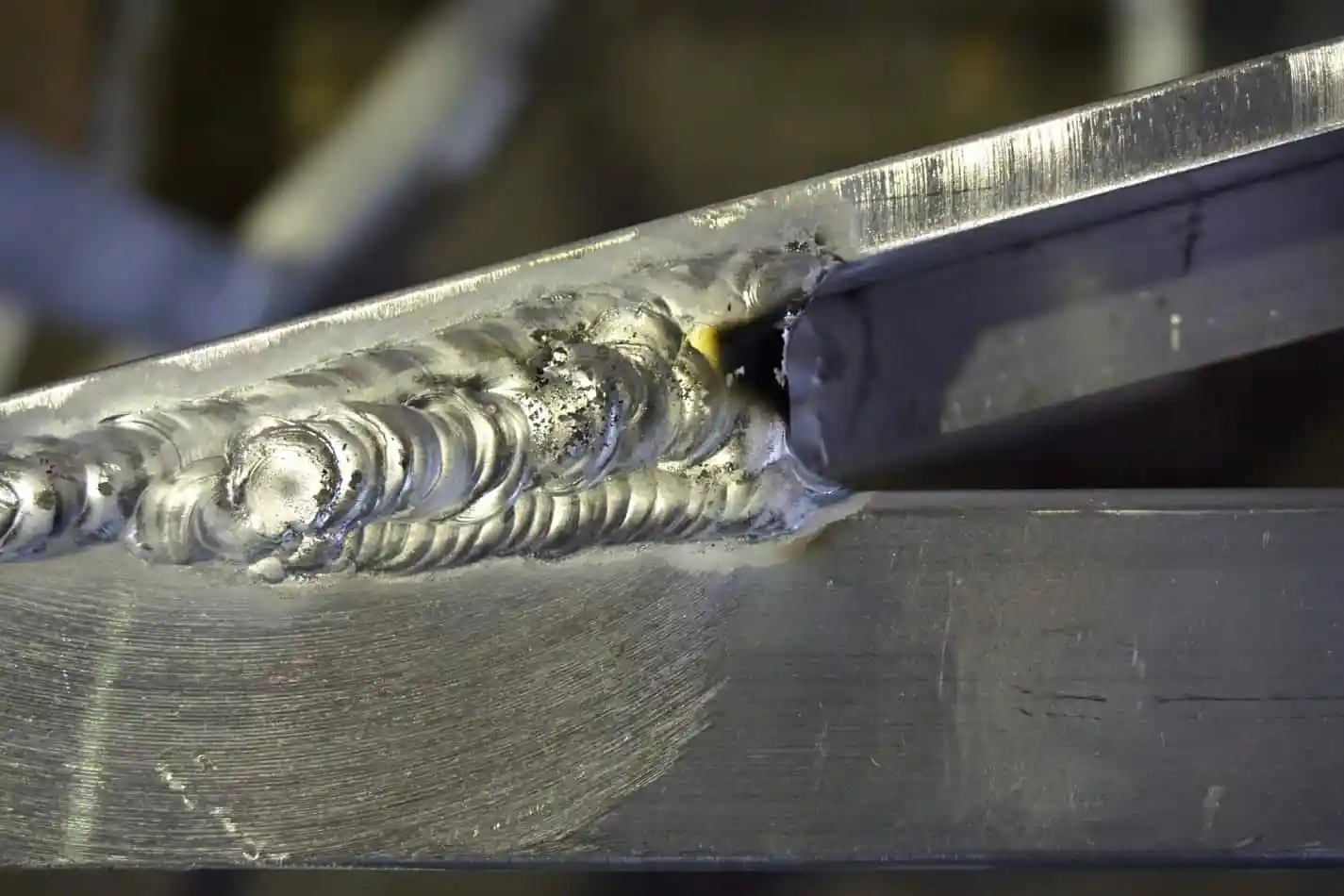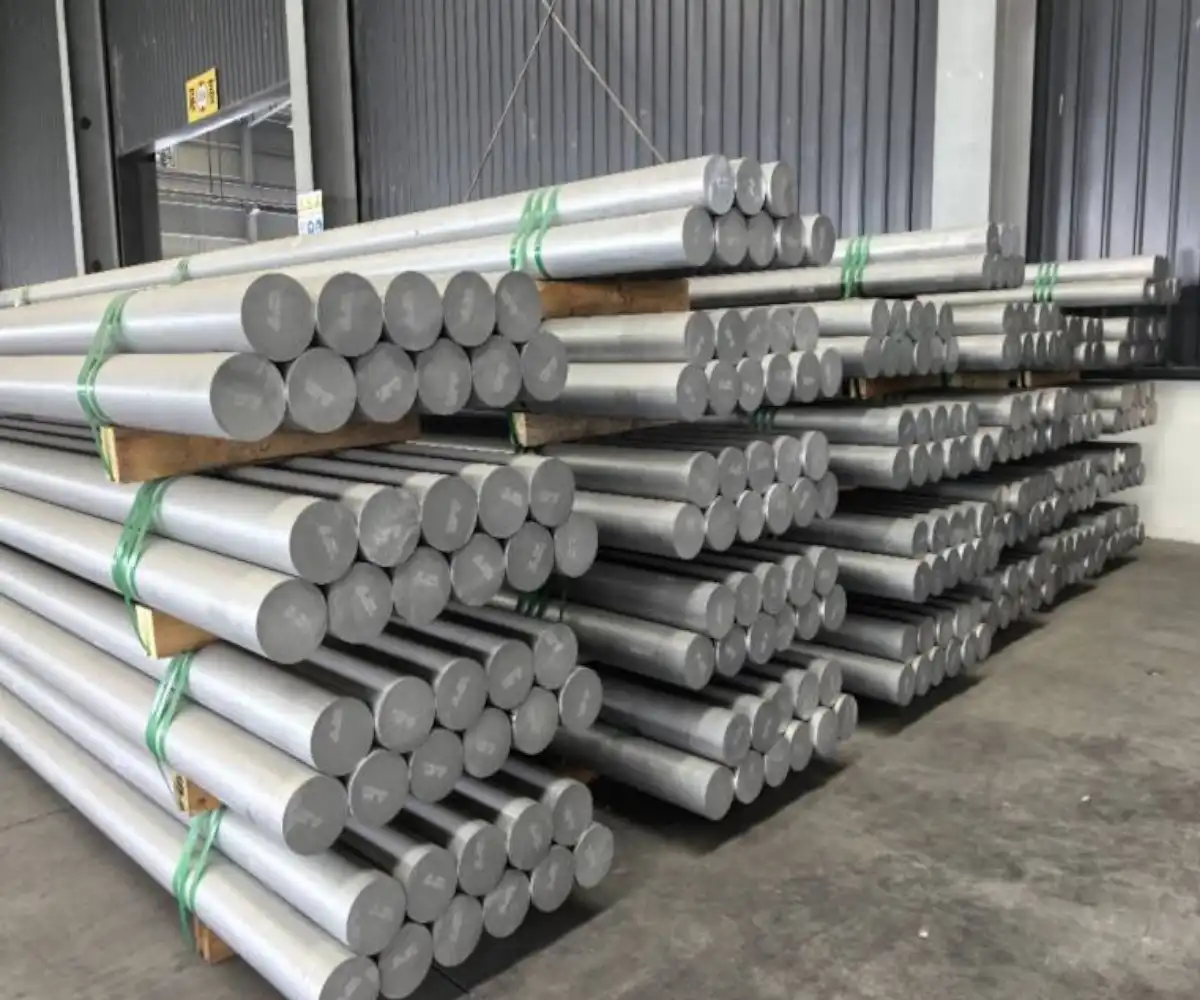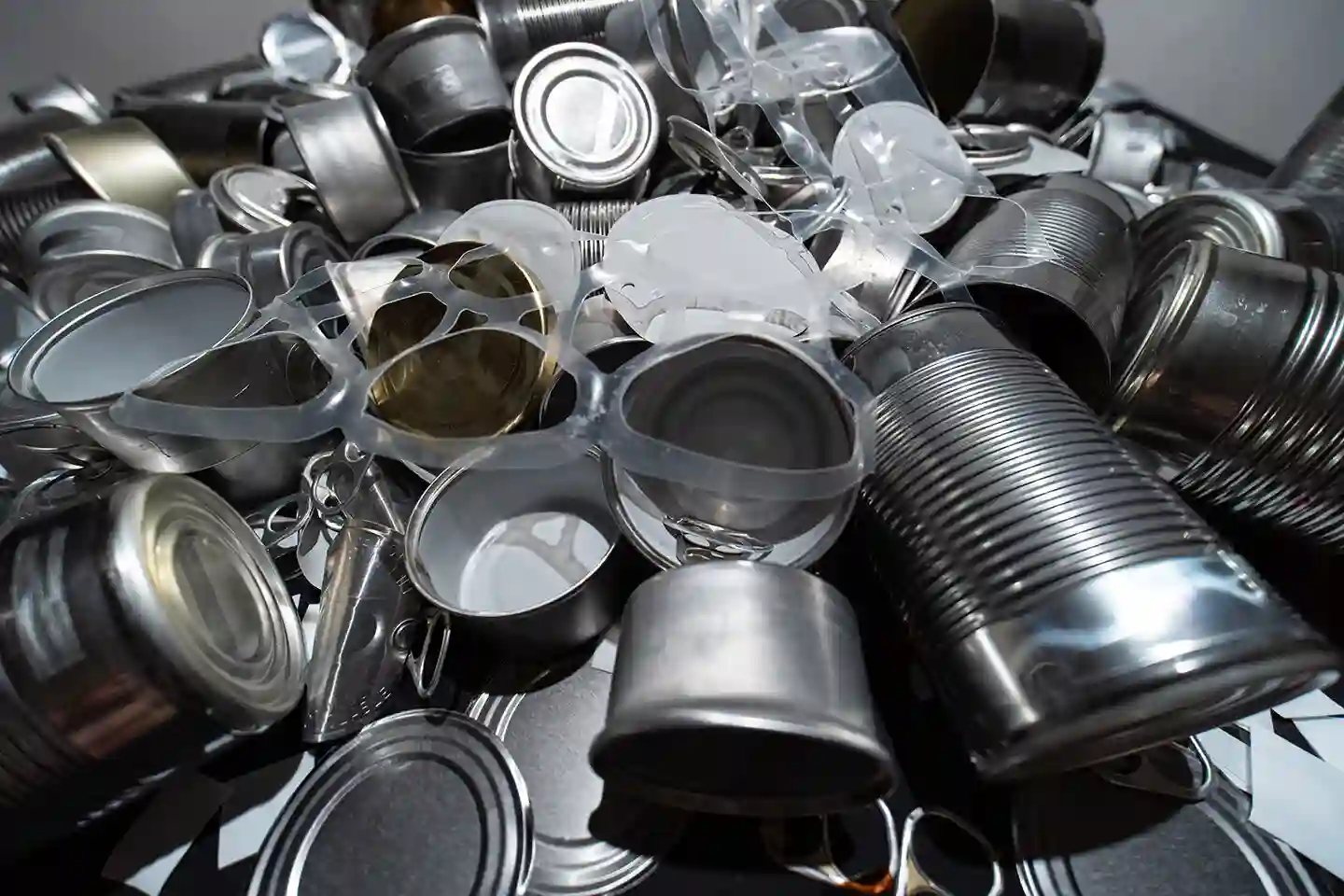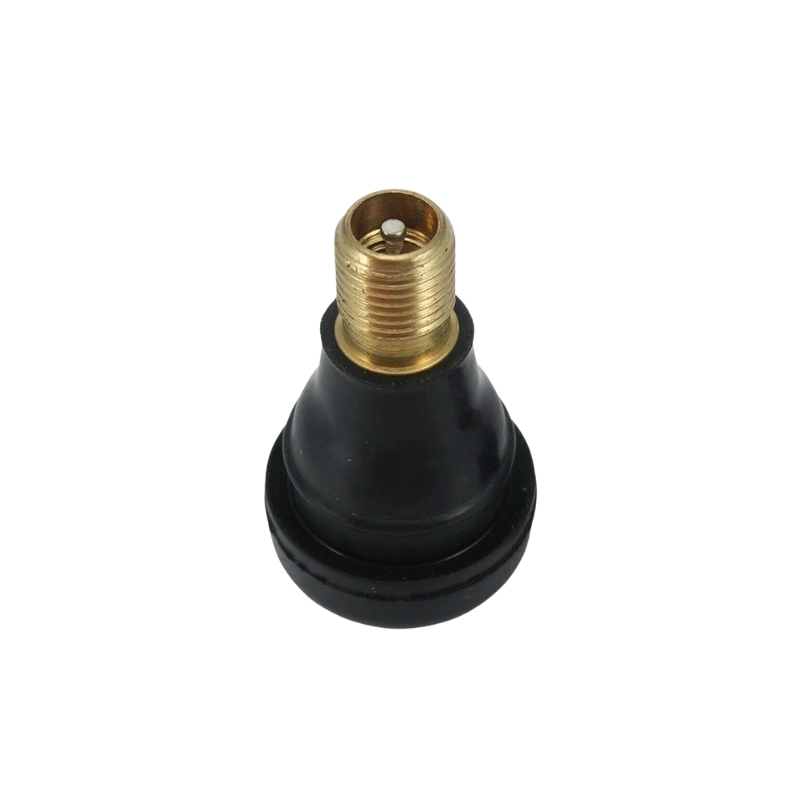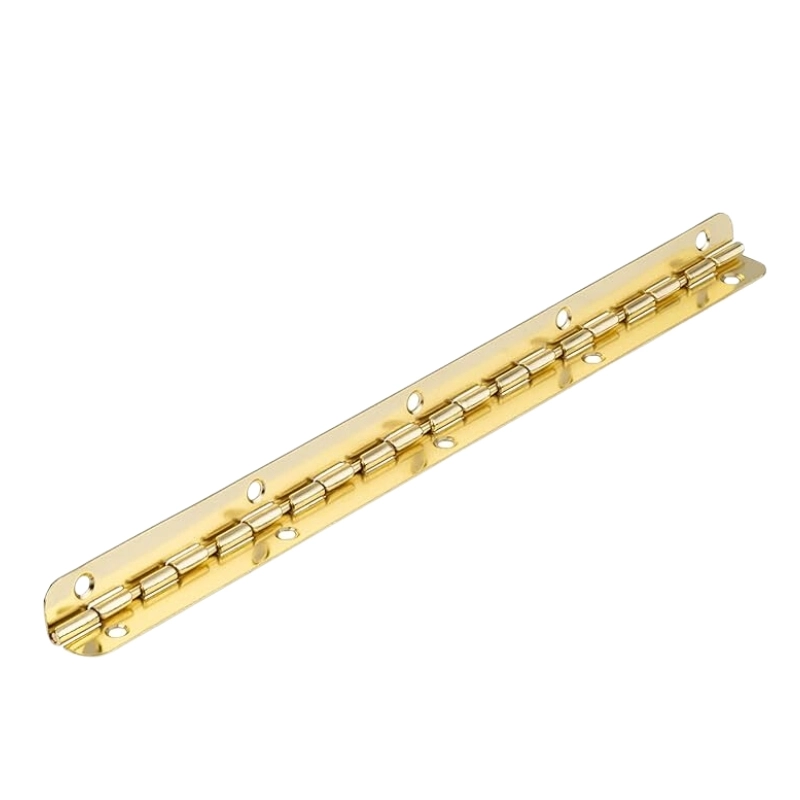- Hogar
- Ressourcen
- Bloggen
- Copper vs. Brass vs. Bronze: Differences Explained and Uses
Copper vs. Brass vs. Bronze: Differences Explained and Uses
- Von: HDCMFG
Metals have been central to human progress since ancient times, shaping tools, art, and technology throughout the ages. Among these, copper, brass, and bronze hold special places in history and everyday life.
Copper, was one of the first metals utilized by humans, leading to early advancements in tool-making. Bronze, marked a significant leap during the Bronze Age, revolutionizing weaponry and art with its enhanced strength and durability. Brass, became renowned for its decorative appeal and acoustic properties, finding its way into musical instruments and ornamental designs.
But what’s the real difference between copper, brass, and bronze? While they might look alike, each has its own quirks and uses.
This blog unpacks these distinctions in straightforward terms. We will explore how copper’s great conductivity makes it a top choice for wiring.
We will also look at how bronze’s strength helps create lasting sculptures. Finally, we will see how brass’s special sound enhances musical instruments. By the end, you will be able to tell them apart. You will also see how these metals shape our world in surprising ways.
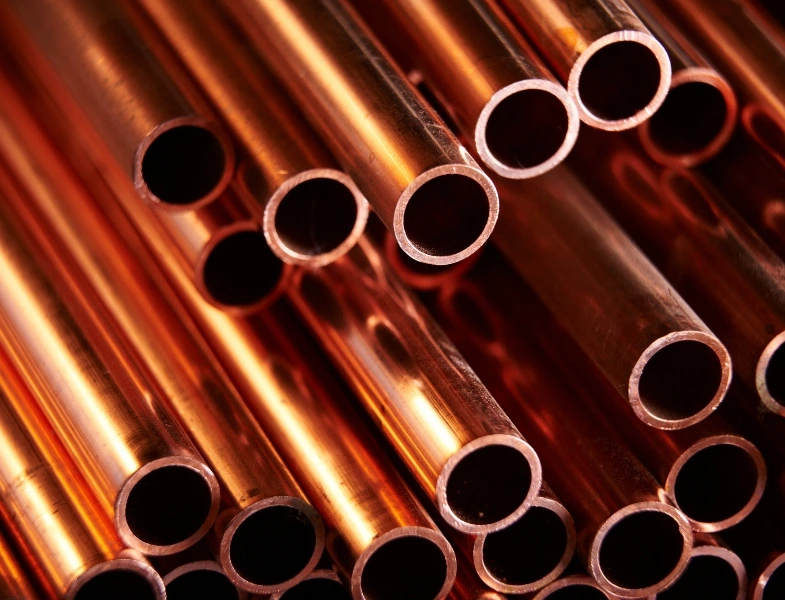
The Main Difference Between Copper, Brass, and Bronze
To help you understand the differences between copper, brass, and bronze, we created simple comparison tables. highlights key aspects like composition, color, melting point, and more, so you can quickly see what sets each metal apart. If you are choosing a metal for a project or just curious about them, these tables provide a simple overview to help you.
| Eigentum | Kupfer | Messing | Bronze |
|---|---|---|---|
| Komposition |
|
|
|
| Color/Appearance | Reddish-brown metallic luster |
|
|
| Schmelzpunkt | Approximately 1,085°C (1,985°F) | 900°C – 940°C (1,650°F – 1,720°F) | Approximately 950°C (1,742°F) |
| Elektrische Leitfähigkeit |
|
|
|
| Korrosionsbeständigkeit |
|
|
|
| Mechanische Eigenschaften |
|
|
|
Similarities Between Copper, Brass, and Bronze
Copper, brass, and bronze share several key characteristics. All three are copper-based, offering excellent electrical and thermal conductivity. They are highly malleable and durable, making them suitable for a variety of applications. Additionally, each metal exhibits good corrosion resistance, ensuring longevity in both decorative and functional uses.
What Is a Quick Way To Test if Something Is Brass?
To determine whether an item contains brass, you can try a few simple tests at home. First, check the color—it should have a warm, yellowish hue, though lighting can affect how it looks.
Next, try the magnet test: brass is non-magnetic, so a magnet won’t stick to it. You can also tap the metal gently; brass produces a distinct, pleasant ringing sound compared to other metals. Additionally, inspect the surface for any markings or stamps, which often indicate the metal type.
Finally, consider the weight—it’s heavier than aluminum but lighter than steel. Combining these methods can give you a good idea if your item is brass without needing any special tools.
Common Use of Copper, Brass and Bronze
Kupfer:
- Electrical wiring and components
- Plumbing fittings
- Roofing and architectural elements
- Industrielle Maschinen
- Heat exchangers and radiators, due to its excellent thermal conductivity
Messing:

- Musical instruments (e.g., trumpets)
- Decorative items and fixtures
- Machinery components
- Ammunition casings
Bronze:
- Marine hardware (propellers)
- Sculptures and statues
- Coins and medals
- Industrial components
Price Comparison: Copper vs. Brass vs. Bronze
The price of metals can be influenced by a wide range of factors. Market supply and demand, global economic shifts, and energy prices all play a part. You might notice that when the international market experiences some turbulence, or if certain countries adjust their production policies, prices tend to fluctuate quite a bit.
Take copper, for instance. Over the past few years, its price has hovered around $9,000 per metric ton.
Why? Because copper is relatively scarce, and its high demand, especially in electrical applications, pushes the price up. Its unmatched conductivity makes it indispensable.
When it comes to alloys, the cost largely depends on the raw materials. Brass, which blends copper with zinc, is usually cheaper—often by 20-30%—since zinc is less expensive. So, you’re looking at roughly $6,000 to $7,000 per metric ton.
Bronze is a mix of copper and tin. It usually costs between $6,000 and $7,500 per metric ton. The price of tin can change this cost.
Other Copper Alloys
Aside from brass and bronze, other popular copper alloys include cupronickel (copper and nickel), well-regarded for its corrosion resistance in marine environments. Beryllium copper, known for its exceptional strength, conductivity, and non-sparking qualities, is commonly used in precision tools and electronics.
Emerging Trends in Copper, Brass, and Bronze
The roles of these three metals will be evolving as industries progress. Copper is poised to experience strong growth as a result of the development of electric cars (EV) and renewable energy. Its excellent conductivity makes copper the metal of choice for the batteries of EVs, battery charging points and the wiring of photovoltaic panels.
Brass is finding more and more use in sanitary items in hospitals and elsewhere (handles, faucets, etc), on account of its persistently antimicrobial qualities. Brass can also play a key role in smart home and automated systems, a feat attributable to a combination of durability and attractiveness.
Bronze holds promise in 3D printing for sculptures and industrial parts, more welcome in places where wear resistance is a key consideration – for instance, in aerospace and automotive applications, where longevity is crucial. Bronze’s excellence for jewellery design and artwork holds renewed potential with additive manufacturing and could provide a viable route to create complex structures at lower costs.
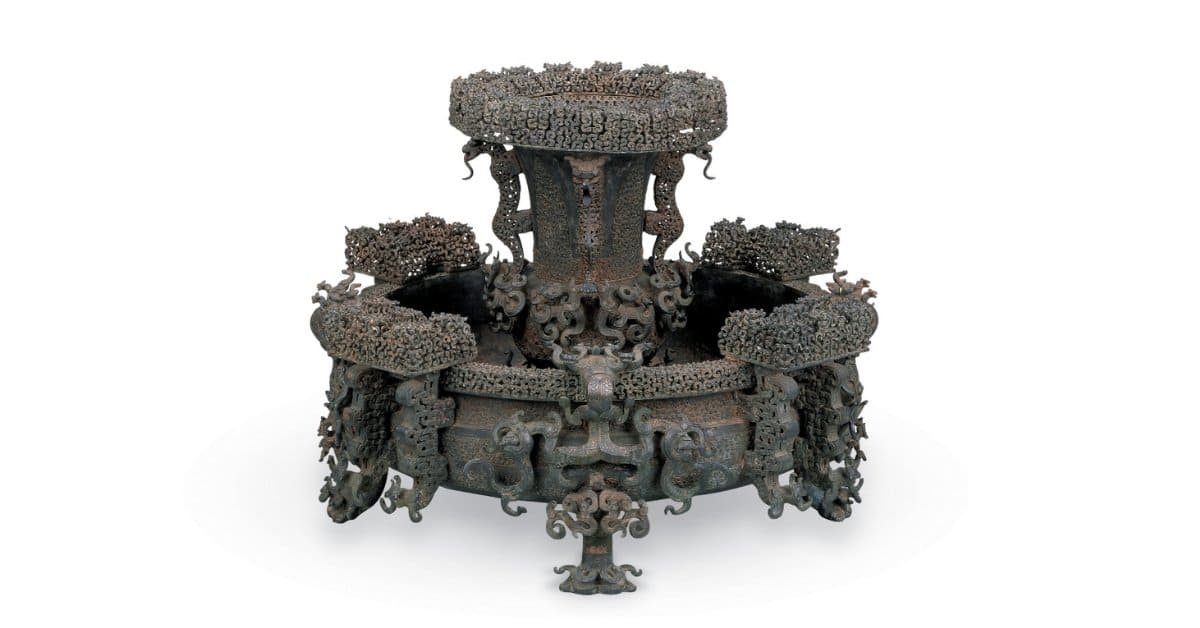
Fazit
Choosing between copper, brass, and bronze must be rocket science. Each metal brings its own strengths to the table. By understanding their unique properties and applications, you can make informed decisions that perfectly match your project needs.
